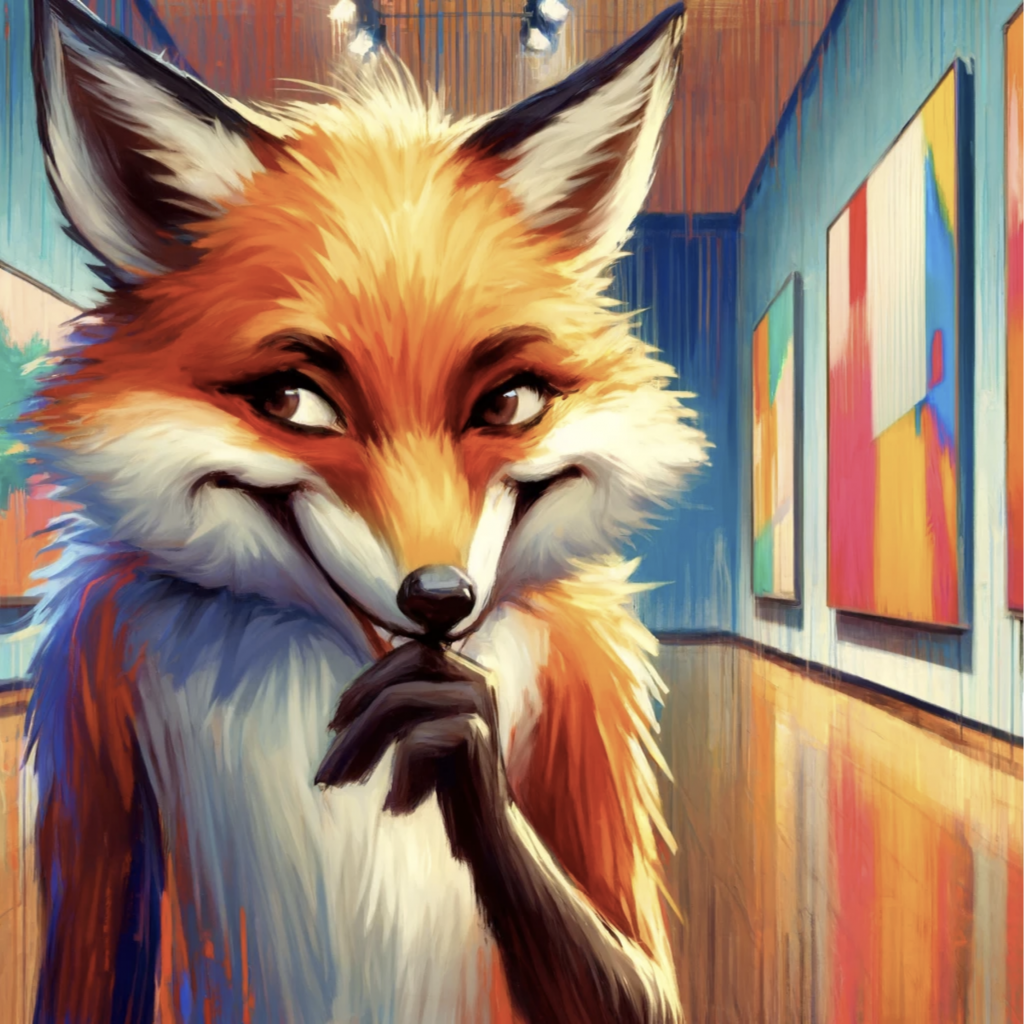
Modern art often polarizes opinion like no other form of expression. Some view it as the pinnacle of creative freedom and cultural commentary, while others dismiss it as incomprehensible or even fraudulent. This ongoing debate raises an important question: is modern art a legitimate artistic evolution, or is it simply a product of market hype? Through exploring its history, critiques, defenses, and impacts, this article aims to peel back the layers of controversy surrounding modern art.
Historical Context
The journey of modern art began as a rebellion against the rigid structures of academic art that dominated the 19th century. Artists like Monet and Picasso broke away from realism to explore more abstract and subjective expressions. This shift was not just aesthetic but also philosophical, reflecting broader changes in society such as the Industrial Revolution and the rise of individualism. These movements questioned traditional norms and opened the door to a new, more experimental approach to art.
In the 20th century, modern art continued to evolve, influenced by wars, technological advancements, and changing social norms. Each era brought new movements like Cubism, Surrealism, and Expressionism, which further pushed the boundaries of what art could represent. These changes were often met with public skepticism, which in part stemmed from the challenging nature of the art itself. Modern art frequently used new materials and techniques that defied conventional beauty and skill.
Key figures such as Marcel Duchamp and Jackson Pollock were central to these shifts. Duchamp’s “Fountain”—a urinal presented as art—shocked the art world, challenging notions of artistic craft and intent. Pollock’s abstract expressionist paintings, characterized by drip techniques, similarly questioned traditional definitions of art. These artists exemplified the modern movement’s break from the past, emphasizing concept over craftsmanship.
The reactions to modern art have been as varied as its forms. Critics argue that the lack of traditional techniques makes it difficult for the public to appreciate modern art. They claim that without the requisite background knowledge, viewers cannot understand the context and significance of the work. This has led to accusations that modern art is elitist, accessible only to those within certain social or educational circles.
Arguments Critiquing Modern Art
Critics of modern art often point to a perceived lack of craftsmanship. They argue that the skills required to create a Renaissance painting or a classical sculpture are not evident in many modern art pieces, which sometimes appear simplistic or hastily assembled. This critique hinges on the belief that artistic value is inherently tied to technical proficiency and historical art practices.
The art market itself sometimes seems complicit in inflating the value of modern artworks beyond their aesthetic or innovative contributions. High auction prices often result from speculation and investment rather than any clear artistic merit. This has led to instances where art pieces are valued for their financial potential rather than their cultural or creative significance. As a result, the economic aspects can overshadow the artistic ones, casting doubt on the sincerity and authenticity of modern art.
Scandals and hoaxes have also tainted the perception of modern art. For example, several high-profile cases have revealed that artworks celebrated and sold for vast sums were later exposed as frauds or forgeries. These incidents contribute to the skepticism and cynicism surrounding modern art, as they suggest that even experts cannot reliably discern art from non-art.
Despite these criticisms, modern art continues to find defenders and admirers. Supporters argue that innovation and expression are more important than traditional skill. They claim that modern art’s value lies in its ability to convey complex emotions and ideas, often through minimal or unconventional means. This perspective views modern art as a mirror to contemporary life—fragmented, chaotic, and profoundly subjective.
Defense of Modern Art
Innovative expression forms the cornerstone of the defense for modern art. Advocates argue that the essence of art lies in its ability to provoke thought, evoke emotion, and reflect societal changes. Modern art, with its diverse approaches and materials, excels at pushing viewers to question their perceptions and engage with art on a deeper level.
Artistic freedom is another pillar supporting modern art. By breaking away from traditional formats and expectations, artists have explored new realms of creativity. This liberation from classical norms allows for a broader exploration of themes such as identity, politics, and technology. For many, the value of art lies in its challenge to the status quo, making modern art a vital cultural force.
Modern art also serves as a reflection of contemporary issues. It often tackles subjects that are relevant to today’s society, including globalism, environmentalism, and social justice. This relevance makes modern art an essential commentary on the world we live in, providing insights that are not only valuable but necessary for cultural discourse.
Critics may view modern art as lacking traditional beauty, but its defenders see this as an expansion of what beauty can mean. The shift towards conceptual art highlights this change, where the idea behind the work takes precedence over its aesthetic qualities. This conceptual focus challenges viewers to engage intellectually with art, reshaping our understanding of what art can and should be.
Impact on the Art Market
The economic impact of modern art on the art world is undeniable. It has revitalized markets and opened new investment opportunities, creating a dynamic but also volatile market. High-profile sales often generate headlines, drawing more attention and interest to the art world, which can benefit artists and galleries alike.
Emerging artists, in particular, are influenced by the trends and successes within modern art. Many new artists find inspiration in the freedoms pioneered by their modernist predecessors, and they continue to push the boundaries of what art can be. This ongoing evolution is vital for the continued relevance and vibrancy of the art world.
Modern art’s global reach has expanded significantly with the rise of international art fairs and digital platforms. These venues offer artists unprecedented exposure and the opportunity to engage with global audiences. The internationalization of the art market has introduced diverse perspectives and practices, enriching the art world with a wide array of influences and ideas.
However, this expansion has also led to criticisms of commercialization and dilution of artistic quality. As the market grows, the pressure to produce commercially viable art can undermine the artistic integrity of modern works. This tension between commercial success and artistic authenticity is a central issue in contemporary art discussions.
Conclusion
The debate over modern art’s legitimacy is complex and multifaceted. While criticisms regarding its artistic value and market influence are valid, the defenses of its innovative and reflective qualities offer a compelling counterpoint. Modern art challenges traditional notions of art, pushing the boundaries of what art can represent and how it can affect society.
As we continue to grapple with these questions, it is essential for viewers to approach modern art with an open mind. By engaging directly with modern artworks and considering their broader cultural and conceptual contexts, individuals can better appreciate their value and significance. Thus, the journey through modern art is not just about viewing art but engaging with a vibrant, ongoing conversation about the role of art in our lives.




